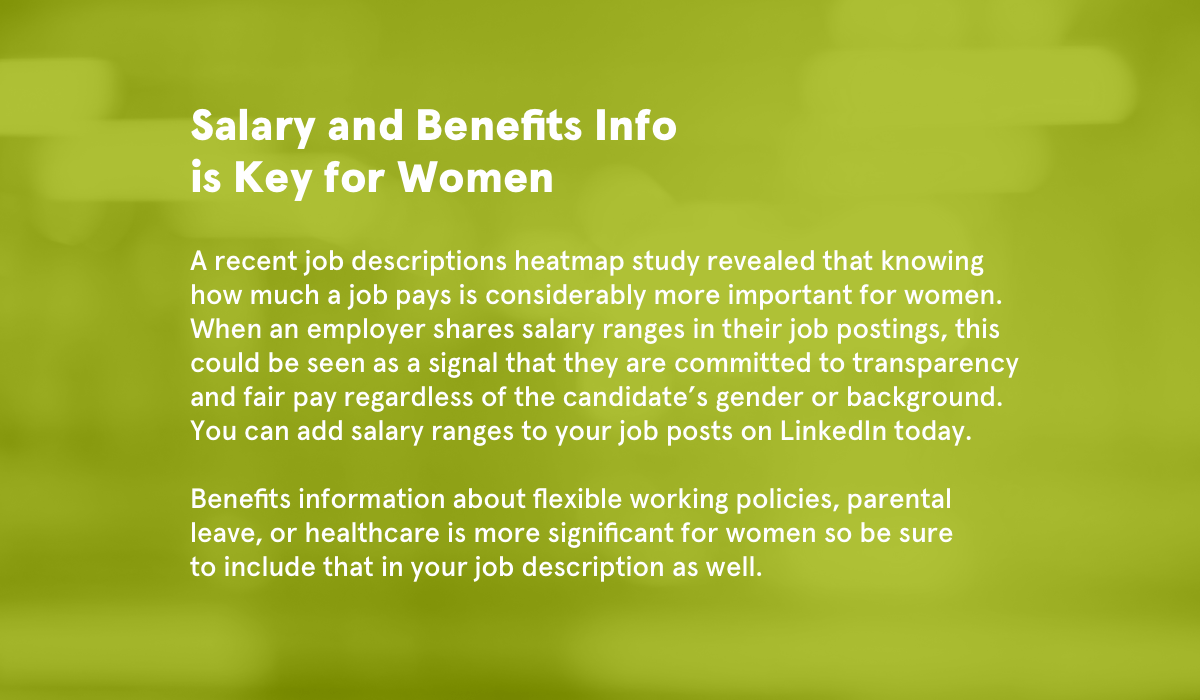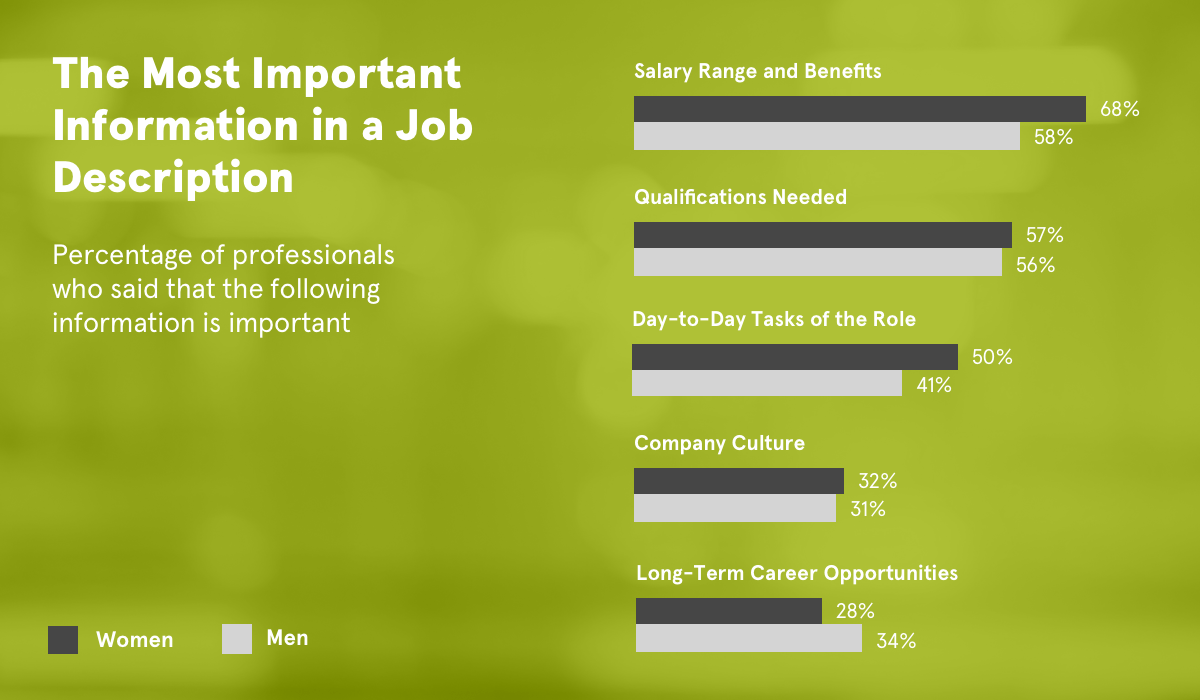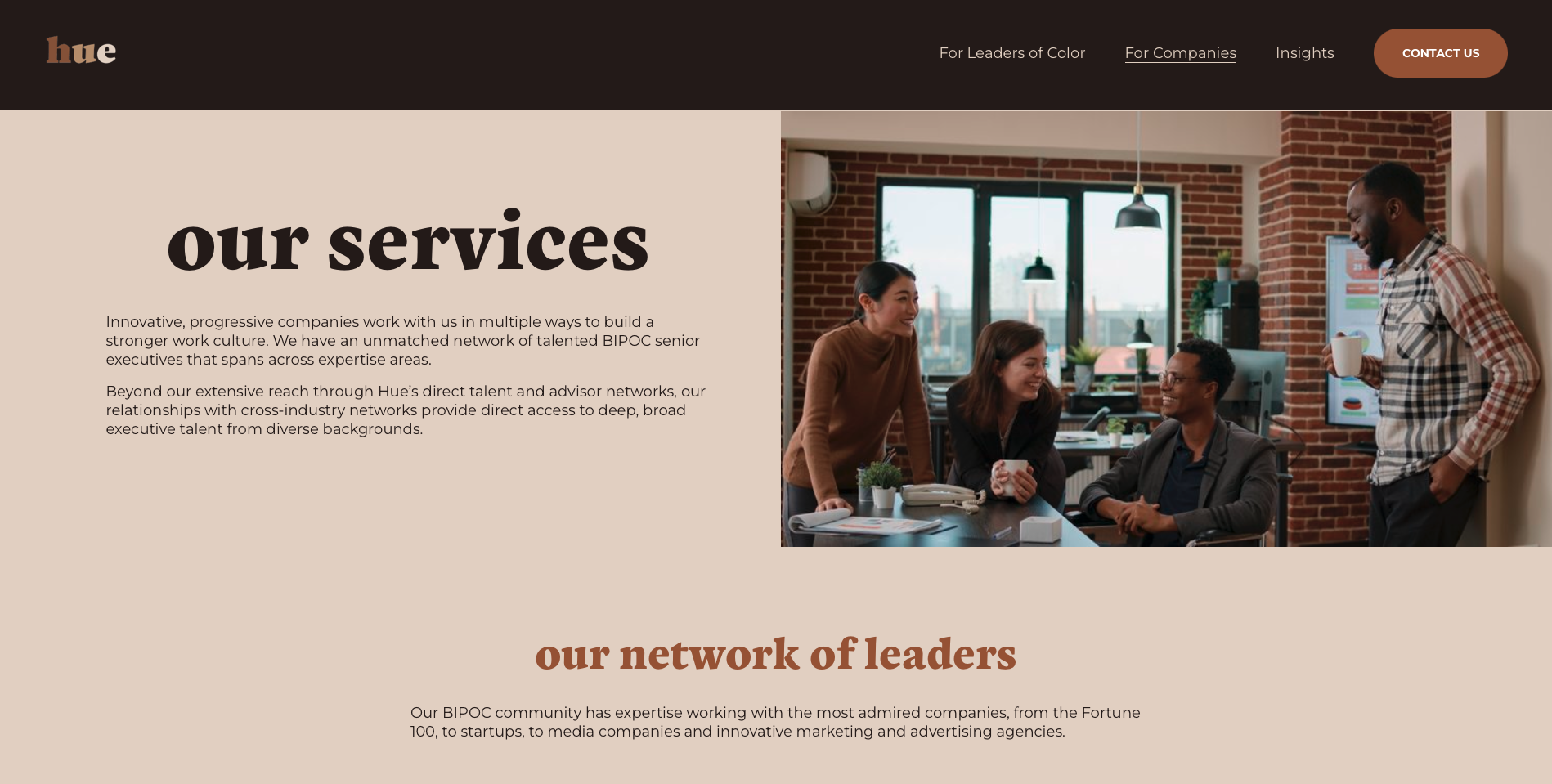In 2020, I posted a position seeking a senior director of marketing and communications. Four weeks later, I had more than 200 applicants in the pool. Another role—a senior multimedia producer—had nearly 300. To plow through the piles of application materials, the search committees for each of these roles had to divide and conquer, with each member reviewing 40-50 applications each. Our first-round interviews took several weeks, and we had solid backups for every offer we made.
In 2023, I look at those days with wistful nostalgia. Pools are approximately 10% of what they once were, and although very strong candidates are still applying, having just a small handful of applicants in the screening interviews is now common.
Amid all this, I have been conscious of the glaring whiteness of our profession. We desperately need to attract and retain talent from diverse backgrounds to deliver effective marketing for our institutions. Diversifying our talent pool is a top priority for me. In conversing with my colleagues in higher education across the country, I know I am not alone.
Here are some general tips for building a talent pipeline, as well as some ideas for attracting a more diverse hiring pool.







